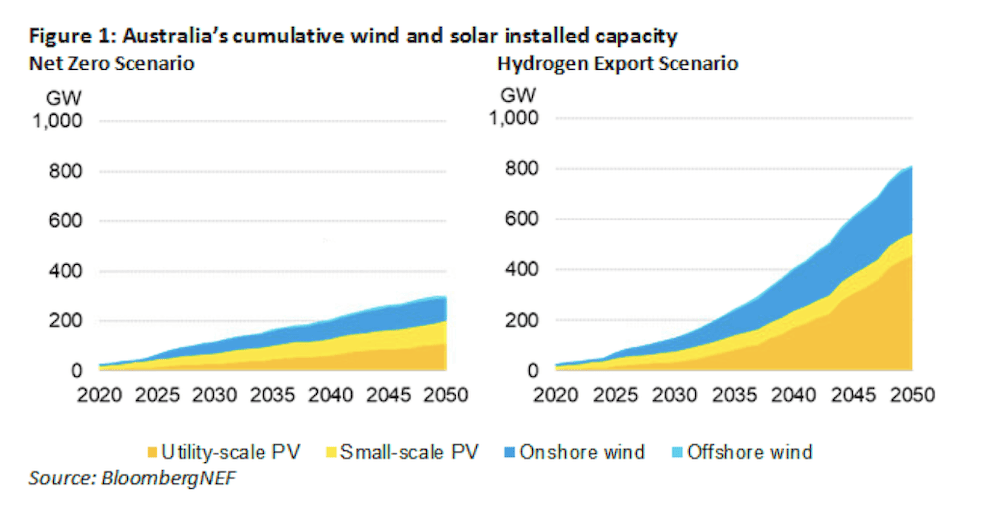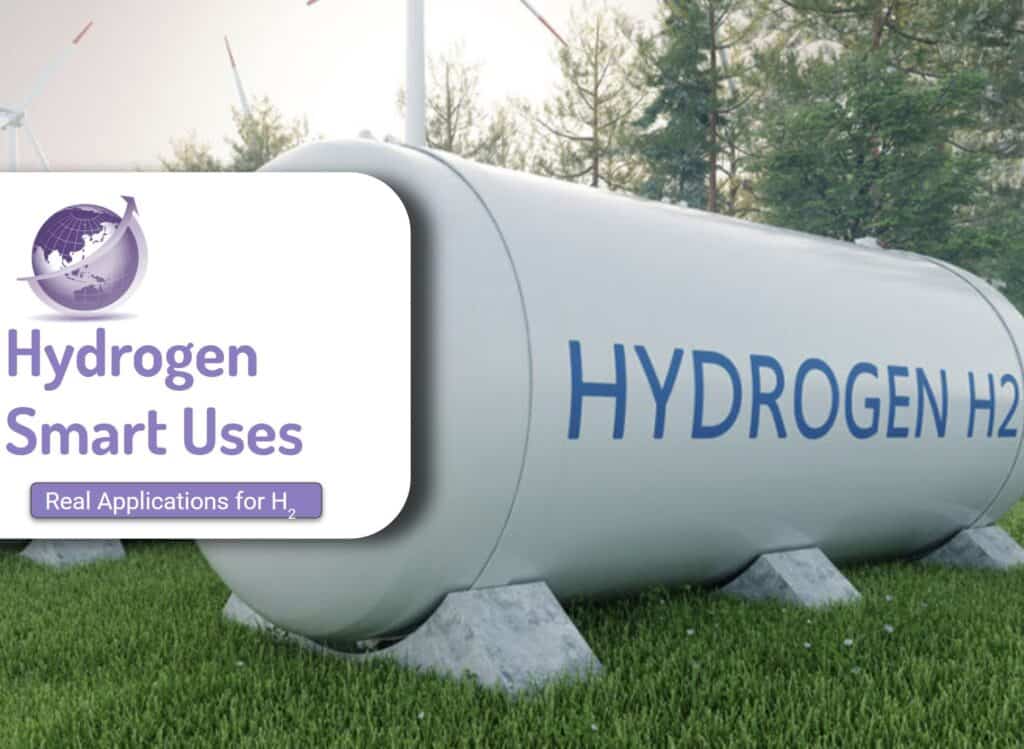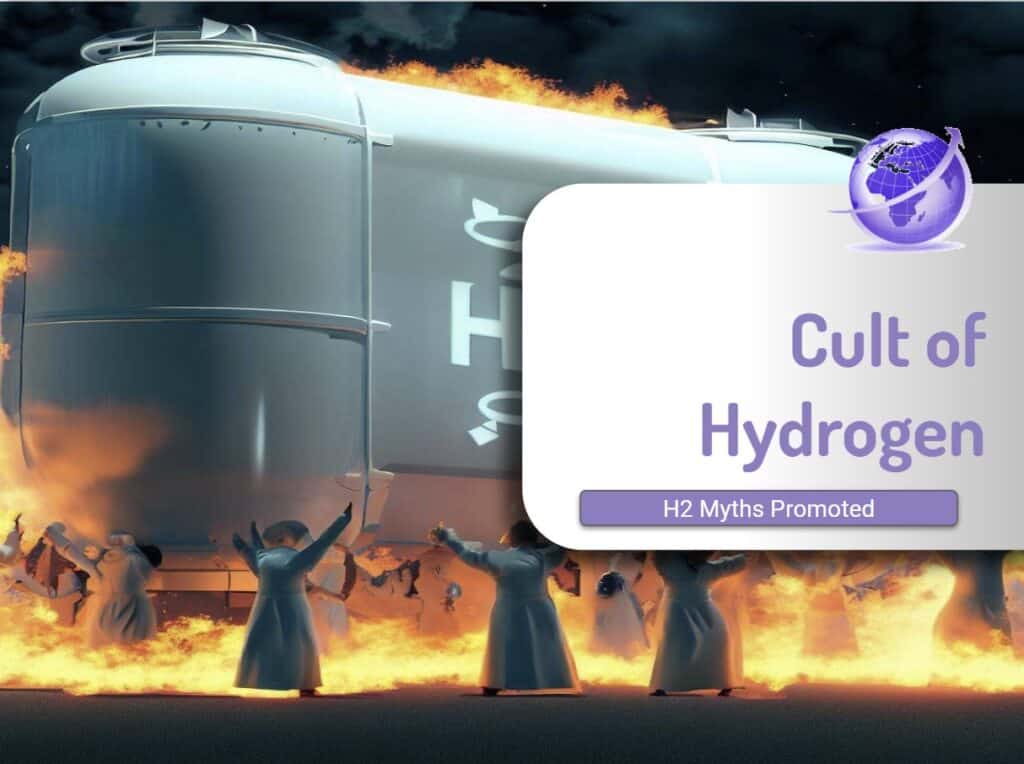Australia’s hydrogen superpower vision has created an environment where politics obscures a clear view about the possibility of Australia becoming a world leader in the hydrogen economy. Claims have sparked enthusiastic visions and cautious scepticism. The two different perspectives are outlined below.
Arguments for Australia’s Hydrogen Superpower vision potential
- Abundant renewable resources: Australia boasts some of the cheapest wind and solar power in the world, ideal for producing clean “green” hydrogen through electrolysis.
- Natural resource advantage: Australia possesses rich deposits of gas suitable for generating “blue” hydrogen through gasification using carbon capture and storage (CCS). This technology, while not emission-free, is promoted to be significantly cleaner than burning fossil fuels directly but there remains serious challenges.
- Strategic location: Australia’s proximity to high-demand Asian markets like Japan and South Korea provides a logistical advantage for hydrogen export.
- Government support: The Australian government has committed to a National Hydrogen Strategy with significant investments in research, development, and infrastructure.
Sources:
- Department of Climate Change, Energy, the Environment and Water: 2019. https://www.dcceew.gov.au/energy/publications/australias-national-hydrogen-strategy A review of this is underway in July 2023
- The Conversation July 2023 Australia is touted as a future clean energy ‘superpower’ – but research suggests other nations will outperform us https://theconversation.com/australia-is-touted-as-a-future-clean-energy-superpower-but-research-suggests-other-nations-will-outperform-us-209397
- The Fifth Estate: May 2023 BNEF New Energy Outlook: Australia https://www.pv-magazine-australia.com/2023/05/24/to-be-a-hydrogen-superpower-australia-requires-812-gw-of-renewables-by-2050-bnef-says/
Arguments for Australia’s Hydrogen Superpower Vision Fantasy
- Economic viability: The cost of producing and transporting hydrogen remains high compared to established fossil fuels. Significant breakthroughs in technology and infrastructure are needed for widespread adoption.
- Technical challenges: CCS technology for blue hydrogen has not yet been scaled up commercially and faces environmental concerns about potential leakage and long-term storage stability.
- Competition: Other countries like Chile and Morocco also boast abundant renewable resources and are vying for dominance in the hydrogen market.
- Domestic challenges: Balancing hydrogen production with existing fossil fuel industries and ensuring equitable distribution of benefits within Australia are also important considerations.
Sources:
- Renew Economy: https://reneweconomy.com.au/australia-opens-2-billion-tender-to-support-massive-green-hydrogen-projects/
- The Guardian: Greg Jerico Oct 2023 https://www.theguardian.com/business/grogonomics/2023/oct/19/australia-is-already-an-energy-superpower-we-should-be-using-that-to-drive-the-world-towards-renewables
- Saul Griffin – Electrifying Australia Electrify Australia Parliament meeting March 2023 https://reneweconomy.com.au/australias-hydrogen-superpower-dream-could-be-massive-waste-of-money-says-griffith/
Overall:
The potential for Australia to become a hydrogen superpower is undeniable, but the path forward is not a guaranteed success. Success hinges on
- Overcoming technological challenges
- Achieving cost competitiveness. The
- Navigating fierce competition
- Ensuring responsible policy that addresses environmental and social concerns.
“The people I respect doing the modeling of this, [they say] you know 90-95% of the economy will be all-electric, with 5%, maybe, hydrogen, on the high side”
Dr Saul Griffin – Electrifying Australia
The Bloomberg Energy Outlook provides the quanta needed to supply 28MT of green hydrogen or 6% of Global demand by 2050. Its
“To supply this demand on a least-cost basis, wind and solar capacity across the country would need to grow to 812 GW by 2050, 21 times more than today.”
BNEF Energy Outlook Australia (Link Here)

Fuel or Chemical
The Hydrogen Ladder by Paul Liebriech and modified by Dr Paul Martin (Linkedlin) details alternatives and existing uses for black Hydrogen and potential uses for Green Hydrogen. What is clear already is the hydrogen has only 3 uses where there are no alternatives.
- Fertilizer
- Steel
- Chemical feedstock
Hydrocracking and desulphurisation are part of the fossil fuel industry oil demand and will plummet by 2040. The race for transportation is already over. Lack of green hydrogen, rapid improvement in batteries

Acknowledgement
I used bard.google.com to see how it answered the question
“Will Australia be a superpower based on a hydrogen economy. List the for and against arguments with sources of the various claims. Explain to me, as if I was a subject matter expert.”
I checked sources. I revised the draft with inclusions from those and other sources.
Predicting the future is challenging.









